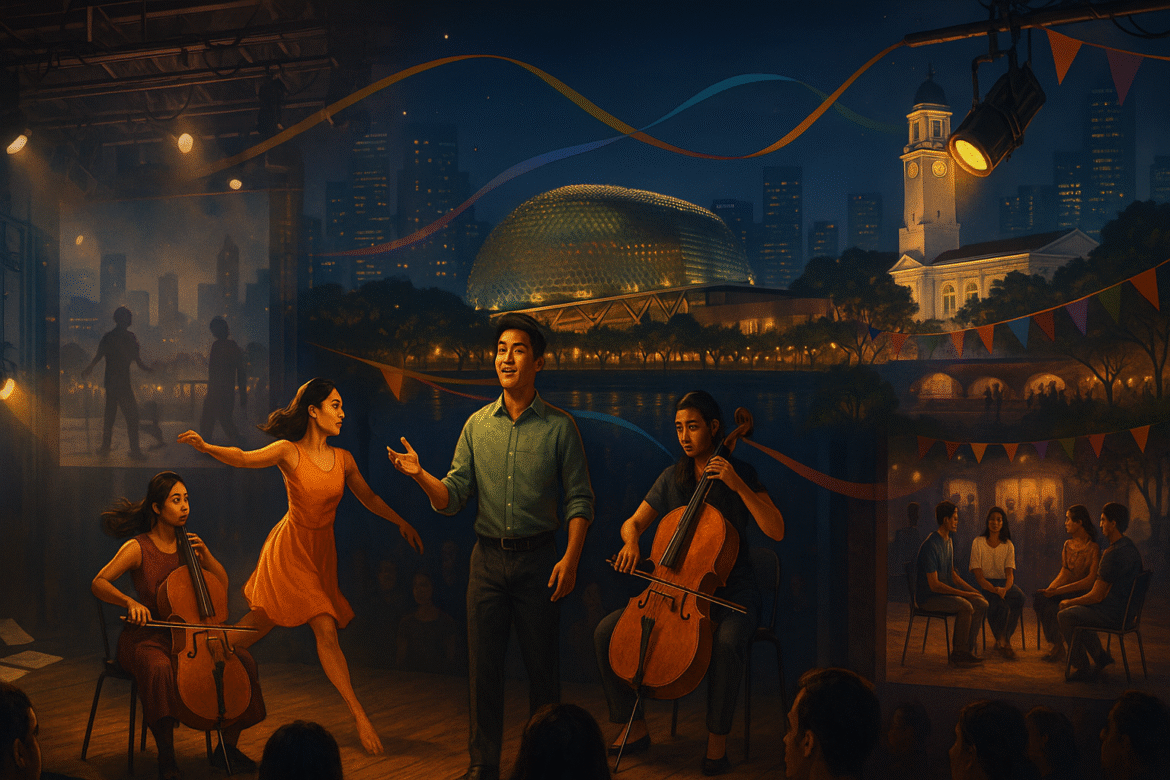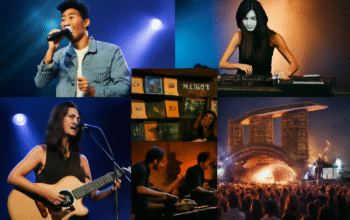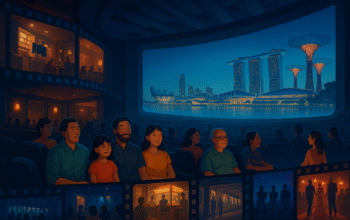Theatre in Singapore thrives on two intertwined forces: infrastructure and invention. The former supplies the bones—venues, training, funding—while the latter animates the body with curated risks, new writing, and hybrid forms. This balance, refined over decades, has turned a small island into a busy laboratory for stagecraft.
Venues chart the city’s map of possibility. The Esplanade’s multi-venue complex hosts festivals, premieres, and touring productions. Victoria Theatre and Concert Hall, renovated to modern standards, retain period charm and excellent acoustics. Drama Centre and Gateway Theatre accommodate mid-scale work, while KC Arts Centre and a constellation of black boxes enable nimble, low-overhead productions.
Companies give the ecosystem its pulse. WILD RICE’s audacious re-stagings of classics sit alongside new Singaporean scripts. The Necessary Stage mines social textures via collaborative creation. Pangdemonium’s seasons often feature contemporary dramas with strong psychological stakes. TheatreWorks, SRT, and independent collectives broaden the mix with international partnerships and site-specific experiments.
Festivals scaffold risk-taking. The Singapore International Festival of Arts convenes global talent and commissions local work that speaks regionally. The M1 Fringe leans into process, experimentation, and tough questions. Fringe circuits and campus festivals funnel energy from training grounds to professional stages, building confidence and audience appetite for new forms.
Education underwrites craft. LASALLE and NAFA train performers, designers, and managers; university programs cultivate critical literacy. Technical theatre—lighting, sound, stage management—enjoys growing respect, producing crews capable of complex shows. Mentorships, labs, and residencies help early-career artists bridge the gap from classroom to season lineup.
Language diversity is not an obstacle but a tool. Many productions mix English with Mandarin, Malay, Tamil, or dialects, often supported by surtitles. This fluidity births dramaturgies that play with translation, rhythm, and humor unique to Singapore’s speech. Recurring subject matter—home, nationhood, migration, class mobility—finds fresh angles through multilingual casting and writing.
For audiences, the city is welcoming. Clear content advisories and ratings set expectations, while discounts and festival passes lower barriers. Post-show dialogues are routine, demystifying process and inviting critique. Visitors can spend a weekend moving from a glossy Esplanade auditorium to an intimate studio at Goodman or Aliwal, mapping the ecosystem by feel.
In sum, Singapore’s theatre culture is built deliberately yet breathes freely: a network of places and people that rewards curiosity and keeps reinventing what the stage can hold.




